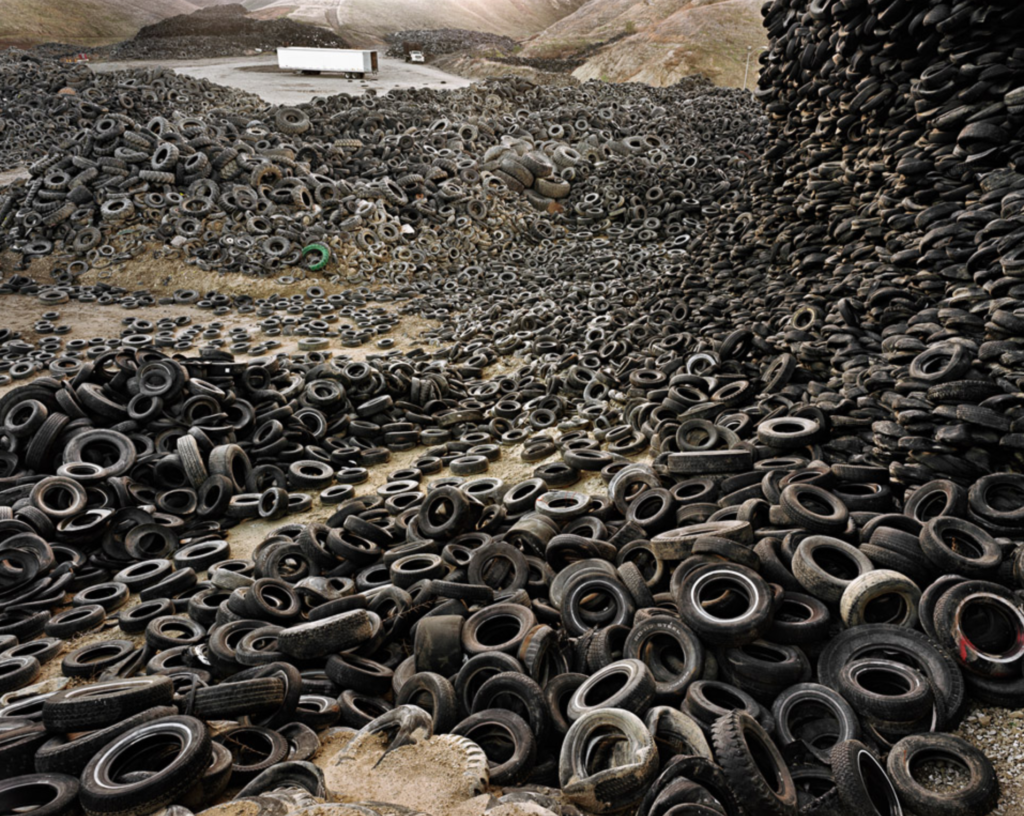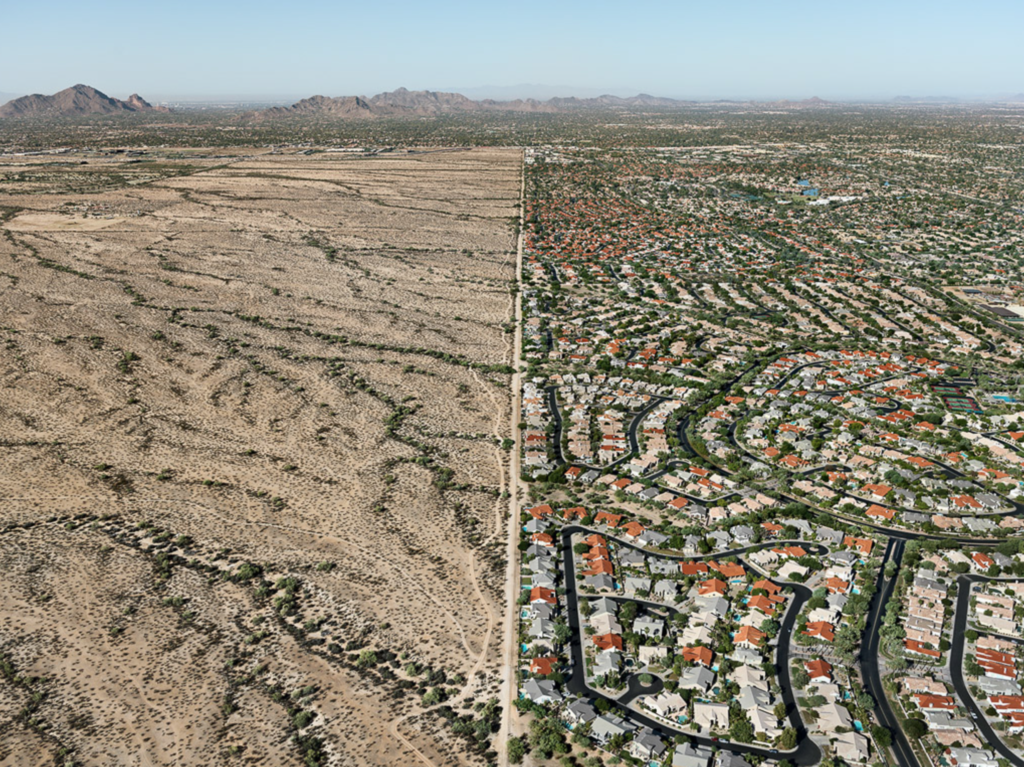The Anthropocene is a geological unit of time, continually describing the most recent period in Earth’s history when human activity began to have a significant impact until now. It takes into account the effects on the Earth’s geology, landscape, climate, limnology and ecosystems. This geologic time scale is split into hierarchical series of smaller lengths of time, descending in length of time: eons, eras, periods, epochs and ages. These units of time are composed through the classification of the Earth’s rock layers and the fossils found within them. Through this, scientists can examine the correlation between the certain organism’s characteristics of the certain parts of the geologic record – stratigraphy.
The word Anthropocene comes from the Greek terms for human (‘anthropo’) and new (‘cene’), but its definition is controversial. It was coined in the 1980s, then popularised in 2000 by atmospheric chemist Paul J Crutzen and diatom researcher Eugene F Stoermer. The Earth is approximately 4.5 billion years old while humans have been here for a much smaller scale, yet irreversible influence has taken place on biodiversity and nature, fundamentally altering the Earth’s physical, chemical and biological code. In the last 60 years, the Great Acceleration has began. This is a term used for the increasing rate at which human impacts are unfolding at an unprecedented scale and speed, causing the globe to deteriorate and become more modified, spiralling downwards. Being the most influential species of the planet, human behaviour has created a snowball effect of significant impacts not only for other ecosystems or species but ourselves too. Just a few of these are:
- Carbon dioxide emissions,
- Global warming,
- Ocean acidification,
- Habitat destruction,
- Extinction,
- Widescale natural resource extraction,
- An increase in extremeness and frequency of severe weather conditions e.g earthquakes, tornados and storms

A popular theory is that it began at the start of the Industrial Revolution of the 1800s, when human activity had a great impact on carbon and methane in Earth’s atmosphere. Others think that the beginning of the Anthropocene should be 1945 as this was when humans tested the first atomic bomb, and then dropped atomic bombs on Hiroshima and Nagasaki, Japan. This resulted in high amounts of radioactive particles being detected in soil samples globally.
In photography, the scientific research of The Anthropocene is used to document and investigate the substantial impact humans actions have had on the state, dynamic and future of the planet. The burning of trees releases carbon however, when all the other trees have been destroyed for urbanization, there aren’t any nearby to take in this carbon and revert it. As a result, this carbon goes up into the atmosphere and begins to create holes in the ozone layer. This then provides the sun to be able to get its harmful rays in even stronger as the ozone layer acts as protection. This heats up the globe and continues our path down global warming. Alongside this, the burning of fossil fuels releases harmful toxins which contribute to this issue which is a result of the constant redevelopment of areas around the globe. This is a continuous cycle, especially in over-populated cities in countries such as Tokyo, Mumbai and Manila, causing people to begin moving out into the countryside/ more vacant areas further from the city to compensate for this, resulting in further destruction of natural spaces contributing to the growth of climate change. For example, in 2014 the global population was 7.3 billion however it is now 8.1 billion. If civilisation doesn’t move towards more sustainable lifestyles such as the refusal of consistently burning fossil fuels, even more dramatic changes could occur which could be incredibly life-threatening for the human species too, as if it is nature taking its revenge.

The opposing side of The Anthropocene epoch is The Symbiocene, a vision created by scholar Glenn Albrecht.This is an idea to stimulate all humans to create a future where positive Earth emotions will prevail over negative aspects, allowing the period of reintegration between humans and the rest of nature to begin. Some principles of this are:
- The full elimination of toxic-to-life substances,
- The complete and safe biodegradability of all materials in human use (e.g plastic)
- Exploitation of non-polluting forms of safe, renewable energy,
- Priority use of the renewable resources of locality and regions,
The idea of all materials becoming biodegradable is one of the many vital aspects at the moment. It is estimated there is now 5.25 trillion macro and micro pieces of plastic in our oceans at the moment, meaning that there would approximately be 46,000 pieces in every square mile of ocean. The weight of this on land would amount to about 269,000 tonnes. Not only is this incredibly harmful to sea life and even species on land, but once this is ingested by the fish we eat it ends up in our own food.
Nearly one-quarter of the world’s plastic waste is mismanaged or littered. Around 82 million tonnes. This means it’s not stored in secure landfills, recycled or incinerated. One-quarter of that – 19 million tonnes – is leaked to the environment. 13 million tonnes to terrestrial environments, and 6 million tonnes to rivers or coastlines. 1.7 million tonnes of this is then transported to the ocean: 1.4 million tonnes from rivers, and 0.3 million tonnes from coastlines. The rest of the plastic waste that was leaked into aquatic environments accumulated in rivers and lakes.
https://ourworldindata.org/how-much-plastic-waste-ends-up-in-the-ocean
Mood Board:
-The Anthropocene Project









